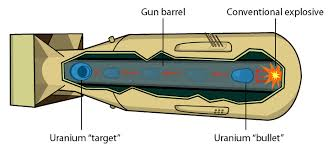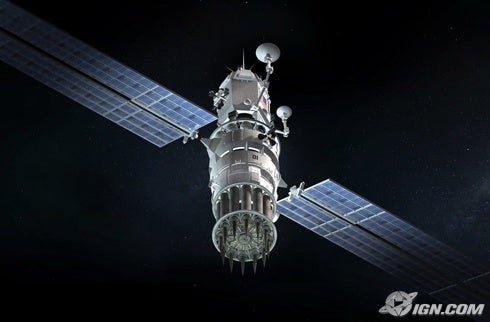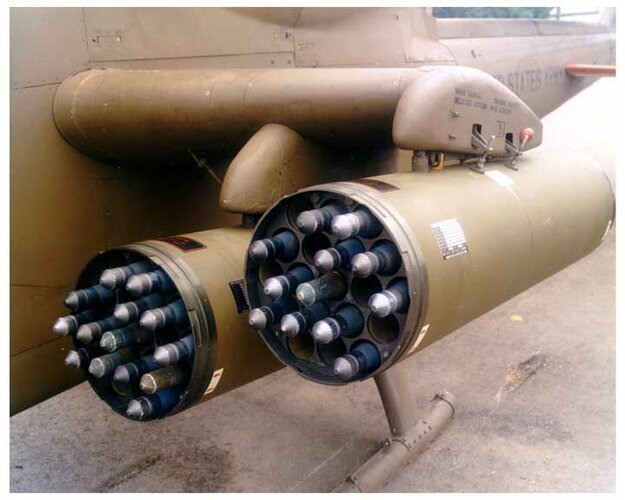Orionblamblam said:
Keep in mind: in order to drop that six ton rod of tungsten on the other guy, you had to expend a de-orbit stage of unknown mass, as well as a whole lot of tons of rocket propellant to boost the system into orbit in the first place. The Falcon 9 Full thrust can put 22.8 tons into orbit (equivalent to 3.75 rods, not counting de-orbit systems...call it three rods), burning through 410.9 tons of propellant in the first stage and 107.5 tons of propellant in the second => 518.4 tons of propellant expended to deliver the equivalent of 3X44.1 tons (132.3 tons) of TNT onto the enemy.
Hmmmmm. Let's assume, that the cost of the whole system would be about 100 millions dollars (50 millions for F9B5 launch and 50 millions for the system itself ). So we have the system, that could within 90 minutes deliver along its orbital path a 130 tons of destructive power.
How much it would cost to deliver the same amount of explosives by conventional means? The cost of modern "Tomahawk" missile, if I'm not mistaken, is about 2 millions dollars (1,82 actually). So the system cost as much as 50 "Tomahawks"... which could deliver to the target about 50 * 0,45 = 22,5 tons of explosives.
* Of course, 50 "Tomahawks" could be used against much more targets, but I must point out, that against well-defended target only a part of those 50 "Tomahawks" would come through. And I must also point out, that 50 "Tomahawks" would not deliver themselves all the way from USA to the target. They needed a carrier vessel - an "Arleigh Burke"-class destroyer, perhaps, or nuclear submarine, which also would cost money. If we use ALCM's instead, we would need enough bombers to carry them.
* Of course, the actual system on orbit would probably cost more than 50 millions, but up until it cost less than the number of "Tomahawks" required to deliver the same amount of explosive power + their carriers, it would be at least partially cost effective.
In short, my IMHO - the "Thor" system is not hopeless. Granted, it is not the system you would call in to destroy the tank column. But it would work great against high-valuable, protected targets, like command bunkers, strategical transport nodes, hardened airfields, ect. For example, something like good ol' "Thor" may be quite a good solution against those Chinese island fortresses in Southern Chinese Sea. To took them out by conventional means, would require quite a lot of efforts. To nuke them, would means a clear escalation to at least tactical nuclear level (and who would benefit more?). But to orbit-strike them with the power of tactical nukes would be both cost-effective, and fairly conventional way.





